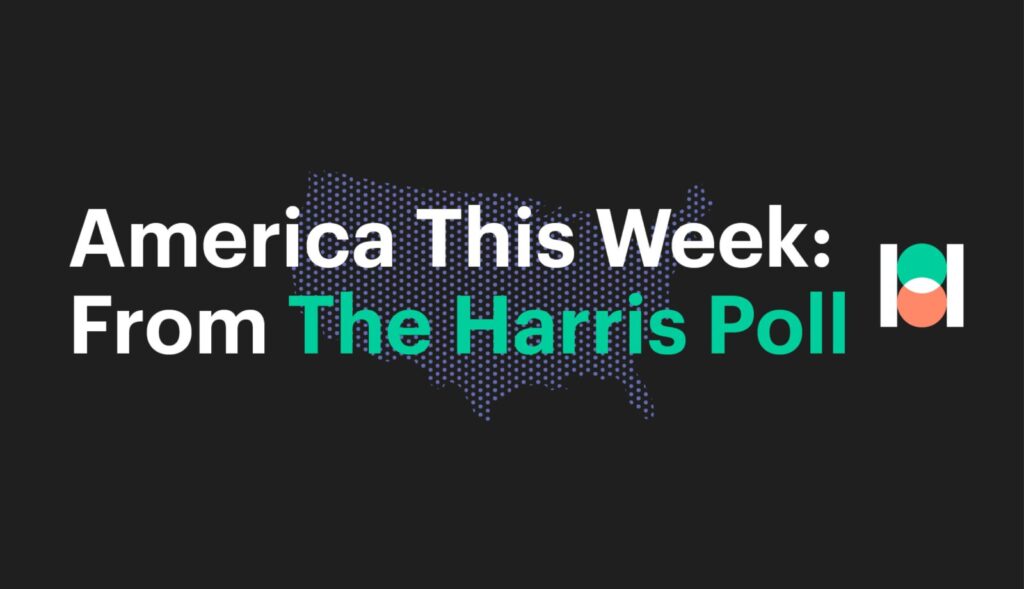Brief • 3 min Read
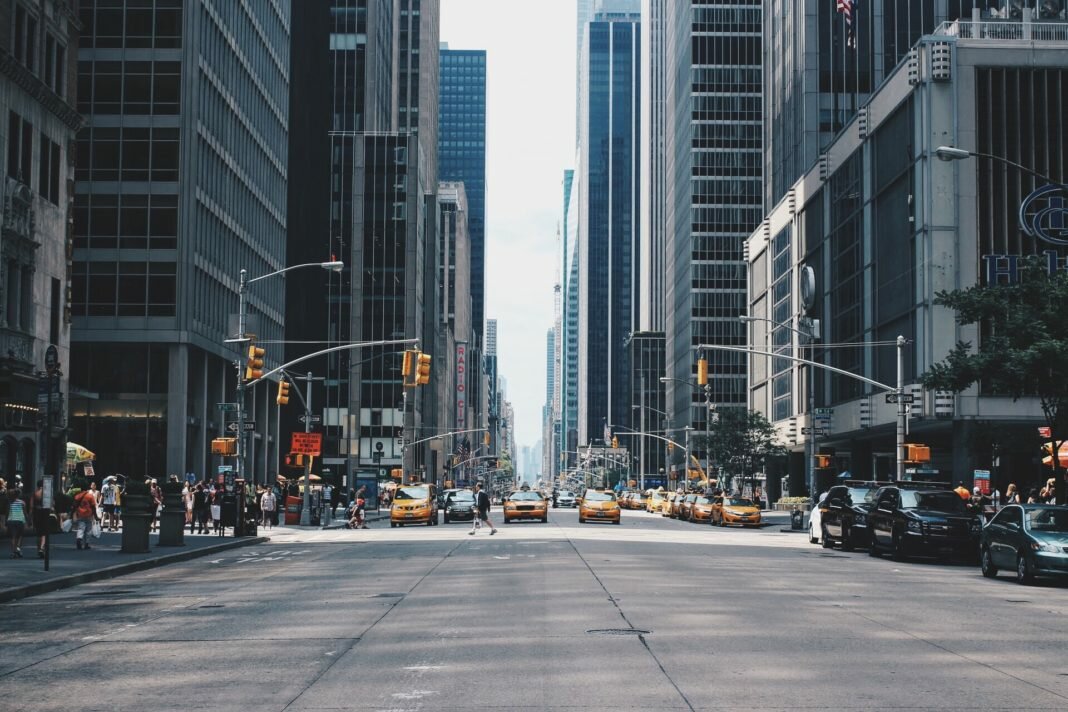
With many metropolitan areas witnessing the flight of residents to less populated areas, concern about the future of American cities has become a mainstay of the COVID-19 pandemic. The predictions about a long-term, mass migration from urban life have become so common that a viral LinkedIn post in August declared “New York City is dead forever,” and a recent op-ed in The Hill stated that 2019 “ended the boom of cities that started in the 1990s.”
However, a study by The Harris Poll and the Chicago Council on Global Affairs in November 2020, surveying residents in the nation’s six largest metropolitan areas on their attitudes about urban and suburban life, tells a more optimistic story. American cities offer the best chance for the country’s recovery from the pandemic, and the people who live there agree.
Major Cities Remain Appealing
The majority of residents across community type, whether in the cities or in the suburbs, are happy with where they live. If they could live anywhere, they would want to live in the type of community in which they currently reside.
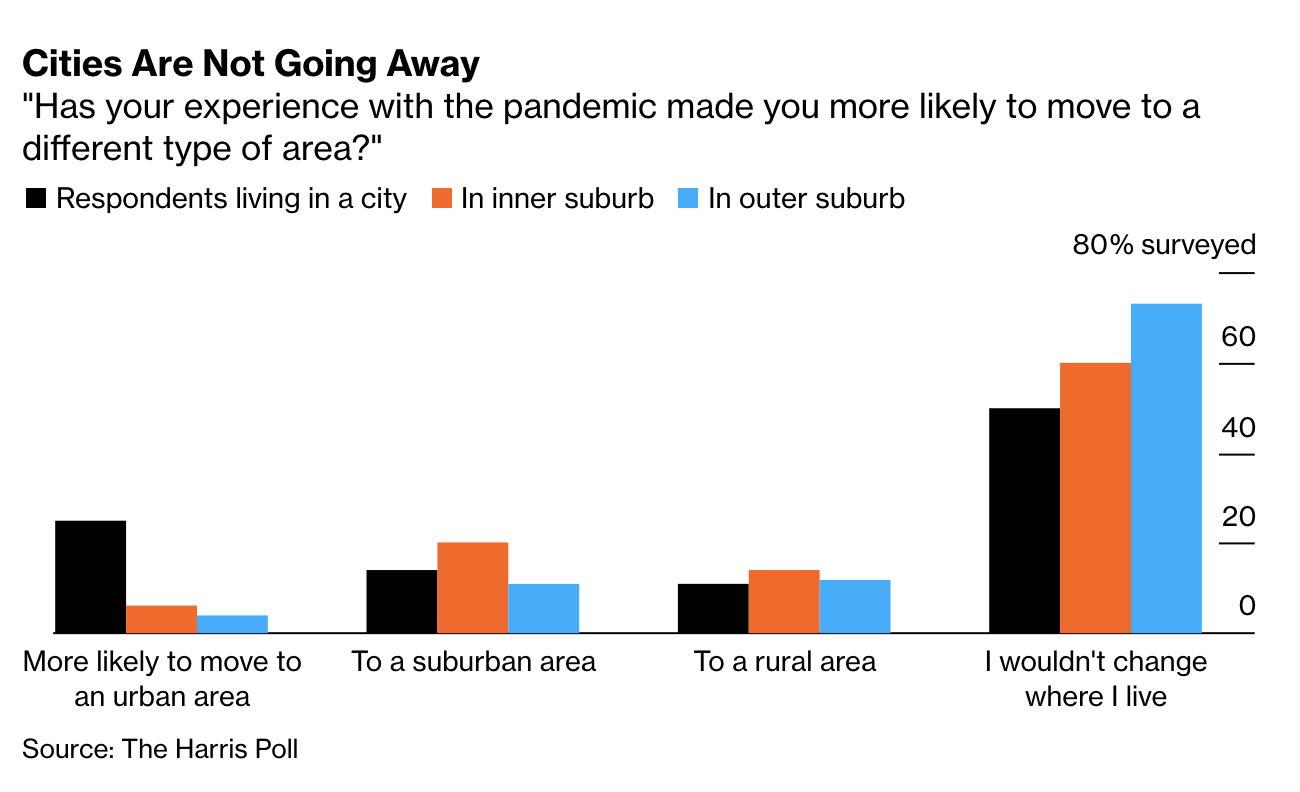
Notably, big city residents (those living in central city or downtown areas) are especially eager to stay in cities. Seven in ten residents living in New York, Los Angeles, Chicago, Houston, Phoenix, and Philadelphia metro areas say they prefer to live in a big city; only 8% say they would prefer to live in the suburbs. In comparison, fewer suburbanites (61%) prefer suburban living, and three in ten would choose a city — big or small — instead.
There is some variation in preference with younger adults preferring cities, both large and small, to suburban or rural areas. More than half of adults under age 45 say they would live in a big or small city if they could live anywhere; a desire for city living was especially strong among those ages 25-34 at 60%. More specifically, two in five adults under age 45 would live in a big city compared to a quarter of adults ages 45 and older. Among Generation Z adults (ages 18-24), many more say they want to live in big cities (39%) than in suburbia (25%), making them the least interested generation in suburban living.
Residents of color, too, show a higher preference for urban areas than White residents. In particular, Hispanics (41%), Asians (38%), and African Americans (36%) would prefer to live in a big city compared to White Americans (24%). On the other hand, suburban living strikes the fancy of White and Asian Americans (47% and 46%, respectively) more than African and Hispanic Americans (39% and 34%, respectively).
When asked specifically how their pandemic experience has affected their preferences, 62% of all metropolitan areas residents say it would not change the area where they want to live. What’s more, half (50%) of central city or downtown residents say it has not changed where they prefer to live. Another 25% of these city residents say their pandemic experience actually makes them more likely to move to another urban area.
Responses for this were similar across income, race, education level, and family status. Even those from households with children — people especially affected by lockdown and remote learning — are evenly divided on whether their pandemic experience has made them prefer suburban (20%) or urban living (19%).
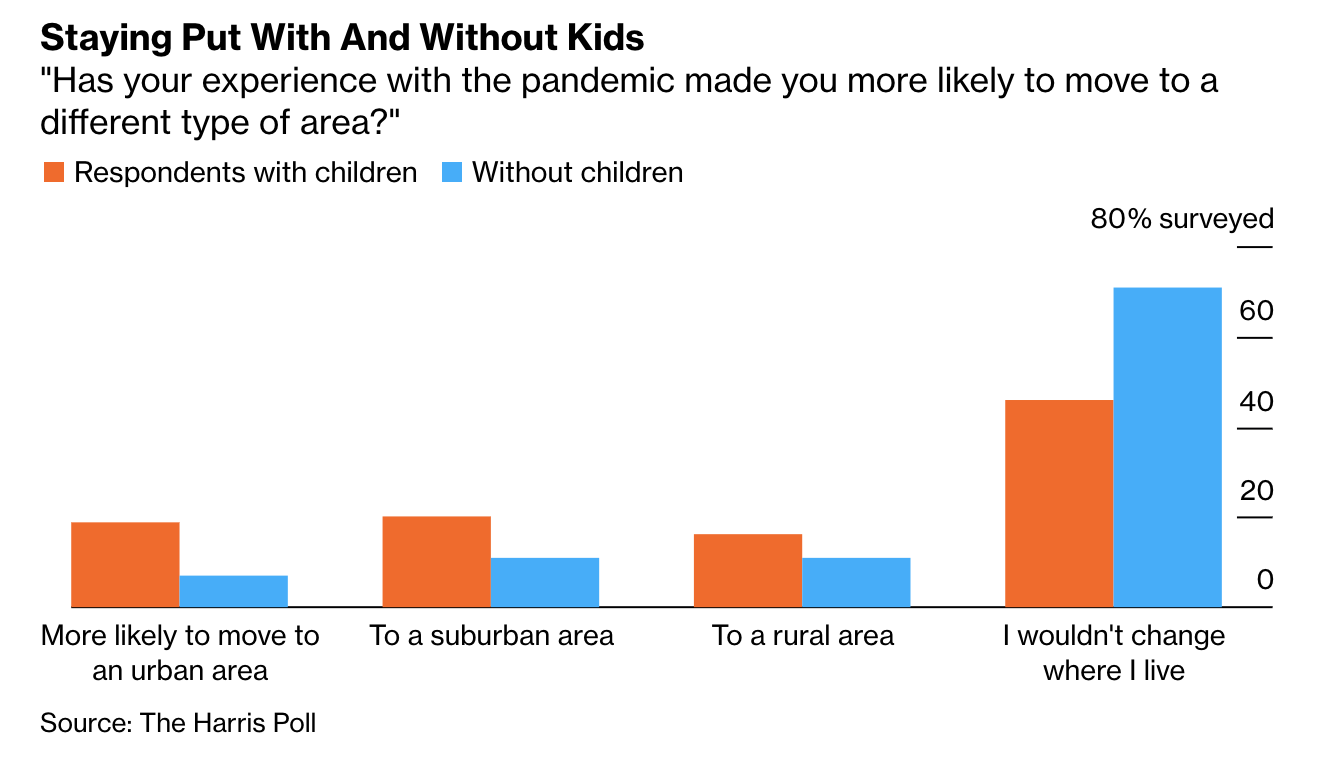
Like pundits who speak on the end of cities, 63% of all metropolitan residents surveyed do see population density as a disadvantage (those specifically in downtown areas are equally divided on this point). However, what numbers about area preference reveal is that, in their doomsday predictions, pundits have consistently ignored the advantages of city living: the concentration of resources, amenities, institutions, and social infrastructure.
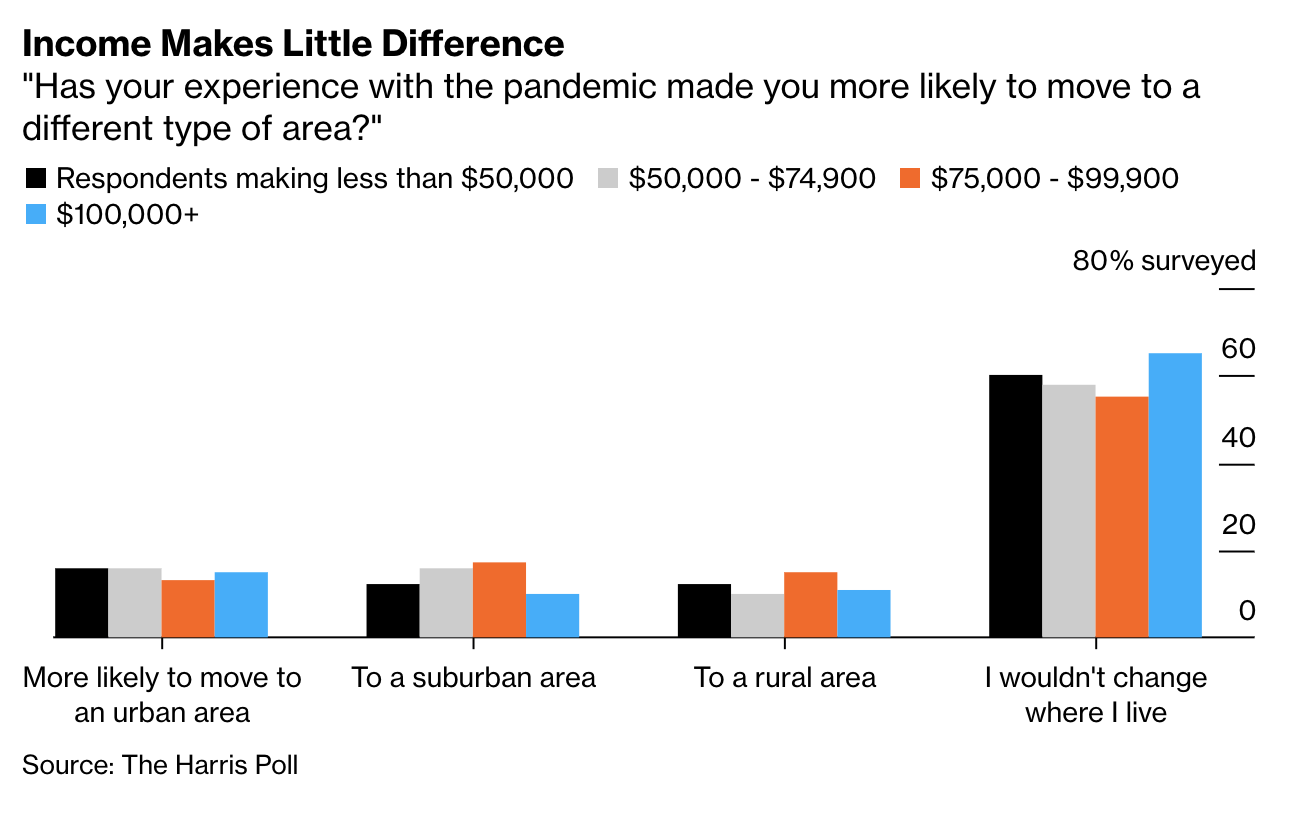
Issues and Opportunities
Nevertheless, metropolitan area residents do have serious concerns about local problems: COVID-19, the economy, public safety, and taxes top the list, especially for those living in central city or downtown areas (69%, 41%, 39%, and 39%, respectively).
Although residents ages 45 and older align on such priorities, there is more variation in key issues among younger adults living in major metropolitan areas. Generation Z adults (ages 18-24) are most concerned about COVID-19 (64%), racial equity (40%), and public safety (37%) in their cities. Young Millennials (ages 25-34) are also concerned about social issues with racial equity (35%) a key concern after COVID-19 (72%) and taxes and fees (36%). Adults ages 35-44, more often the parents of young children, show greater concern for education (33%), which came in third as a key concern after COVID-19 (54%) and the economy (34%).
Residents of color in these metropolitan areas also show greater concern for public safety and racial equity. After COVID-19 (62%), African Americans express greatest concern for racial equity (45%) and public safety (31%) in their cities. After COVID-19 (68%), Asian Americans express the greatest concern for the economy (40%) and public safety (38%).
Downtown residents are particularly concerned about the well-being of their own neighborhoods, too. More urbanites rate the affordability of housing as “extremely important” (41%) than inner or outer suburbanites (29% and 26%, respectively). Even though 72% of these city dwellers say they support the Black Lives Matter movement, 70% are still concerned about “social unrest” in their neighborhoods after the looting that occurred in some big city downtowns during several related summer protests.
Fifty-seven percent of those living downtown do not think their city has enough affordable housing options. This may explain why, among those who do not think their city has enough affordable housing, nine out of ten urbanites are willing to support building more affordable housing in their cities (91%) and even in their own neighborhoods (89%).
Such support was consistent across all major metropolitan areas, both in the cities and in the suburbs. Of those who say their city does not have enough affordable housing, 86% support more affordable housing in their cities. Of those who support more affordable housing in their cities, 85% support the creation of additional affordable housing in their neighborhoods.
There are more ways in which urban dwellers are willing to embrace change. Take the environment and climate change, an issue 27% of those living in central city or downtown areas say is a concern for them. More than half (58%) of city residents say cities should do more to combat climate change, and they are also willing to do their own part. Although two-thirds of employed city dwellers currently report driving alone to work (likely a function of the ongoing pandemic), most are willing to consider a more sustainable commute from public transit (63%) to bike riding (54%) to even electric scooters (48%). In fact, 77% of urban dwellers are in support of additional infrastructure for bicycles and other very small vehicles.
Overall, such numbers hint at the opportunity for even more advancements and experimentation in post-pandemic urban life.
Local Government in Action
Local governments will need to rise to the occasion. Two-thirds of central city and downtown residents say that their city’s elected leaders are more capable of governing than Congress (62%), the President (67%), and state-elected officials (62%). However, more than half also say that their city’s elected leaders play politics more than Congress (54%), the President (57%), and state elected officials (57%).
Mayors are subject to the most scrutiny. Less than half of city dwellers have confidence in their mayor’s ability to effectively respond to the pandemic (46%), respond to recent protests about racism and policing (41%), keep housing affordable (40%), and address climate change (38%). Confidence wanes as residents live farther from the city center.
However, the data show that in some cases, local governments have stepped up to the task and that urban residents have recognized this. Most city dwellers (73%) say that services in their city, such as sanitation, fire departments, and transportation, are handled sufficiently.
City dwellers also say more often that their mayor has been effective at addressing economic inequality (56%) compared to their state governor (50%) and the federal government (45%). Additionally, 55% of city dwellers say their mayor has been effective at addressing housing affordability.
With regards to addressing climate change, just over half of city dwellers say their city’s parks and recreation department (54%), their mayor (51%), and other county or regional officials (51%) have been effective.
Most also agree that their mayor (61%), local law enforcement (59%), and other county or regional officials (51%) have been effective at addressing protests over racism and policing.
Unfortunately, with the pandemic, lower confidence in local government is warranted. City dwellers more often say their state governors (53%) and the CDC (48%) have been effective at addressing the pandemic than their own mayors have been (46%). Perhaps unsurprisingly, this is especially true in New York City, where the governor is viewed as effective more often than the mayor (59% vs. 41%) in dealing with the pandemic.
International Engagement
To support their cities’ efforts, those living in large metropolitan areas highlight the value in international engagement with other cities and governments on pressing issues. Overall, more than half of all metropolitan residents say it’s important their city engage with other cities and governments on climate change (58%) and immigration (57%). This is even more pronounced among downtown residents with 67% and 62% saying the same about climate change and immigration, respectively.
Of the metropolitan areas surveyed, Los Angeles and Chicago show the greatest support for international climate change engagement (63% and 61%, respectively) while Houston and Phoenix show the greatest support for international engagement on immigration (58% and 60%, respectively).
Compared to suburban and rural residents, urban dwellers are in greater support of local autonomy when it comes to immigration. More than half (53%) of city residents say cities should have the power to develop immigration policies that differ from federal ones. Nearly three in five non-city residents disagree. A city more affected by immigration than its counterparts, Los Angeles was the only place where residents actually supported such immigration autonomy.
Looking Ahead
America’s cities are the country’s economic, technological, and cultural hubs. An ongoing pandemic coupled with new, incoming leadership across the nation means the fate of urban areas is now a primary concern for lawmakers and residents alike. Although COVID-19 remains a key concern for all Americans, urban residents affirm they are committed to where they live. They do want longstanding problems of urban life addressed, but they are willing to embrace changes in policy and personal behavior to help fix those problems. This study suggests that despite its accompanying struggles, the pandemic has not derailed the importance of cities in America. The year 2020 may have brought an end to many things, but it has yet to conquer the American city. The future of cities is still bright.
Methodology
This survey was conducted online within the United States between November 5, 2020, and November 16, 2020, among 1,200 adults (aged 18 and over) by The Harris Poll on behalf of the Chicago Council on Global Affairs. The respondents surveyed were evenly divided among six U.S. metropolitan regions: New York City, Los Angeles, Chicago, Houston, Philadelphia, and Phoenix. Respondents self-identified the community type (i.e., central city/downtown, inner suburb, outer suburb/exurb, and rural) in which they lived. Figures for age, sex, race/ethnicity, education, region and household income were weighted where necessary to bring them into line with their actual proportions in the population. Propensity score weighting was used to adjust for respondents’ propensity to be online.
All sample surveys and polls, whether they use probability sampling, are subject to multiple sources of error which are most often not possible to quantify or estimate, including sampling error, coverage error, error associated with nonresponse, error associated with question wording and response options, and post-survey weighting and adjustments. Therefore, the words “margin of error” are avoided as they are misleading. All that can be calculated are different possible sampling errors with different probabilities for pure, unweighted, random samples with 100% response rates. These are only theoretical because no published polls come close to this ideal.
Respondents for this survey were selected from among those who have agreed to participate in our surveys. The data have been weighted to reflect the composition of the adult population of each metropolitan area. Because the sample is based on those who agreed to participate in the online panel, no estimates of theoretical sampling error can be calculated.
Responses in this survey were tested for statistical significance using a Z-test with a confidence level of 95% and a Z-test with a confidence level of 90%. For more information on methodology, please contact Dami Rosanwo.
Subscribe for more Insights
Subscribe to our newsletter for the latest trends in business, politics, culture, and more.
Download the Data
Get the full data tabs for this survey conducted online within the United States by The Harris Poll on behalf of the Chicago Council on Global Affairs between November 5, 2020, and November 16, 2020, among 1,200 adults (aged 18 and over)
Download
Subscribe for more Insights
Subscribe to our newsletter for the latest trends in business, politics, culture, and more.
Download the Data
Get the full data tabs for this survey conducted online within the United States by The Harris Poll on behalf of the Chicago Council on Global Affairs between November 5, 2020, and November 16, 2020, among 1,200 adults (aged 18 and over)
DownloadRelated Content




